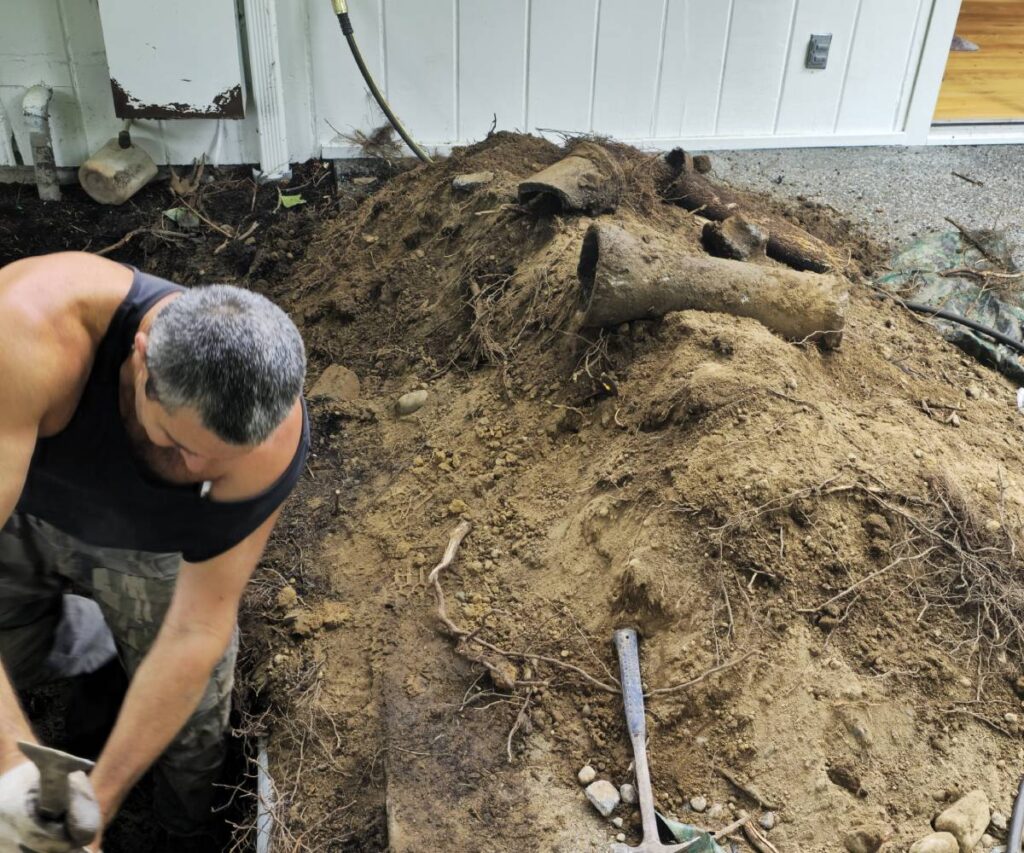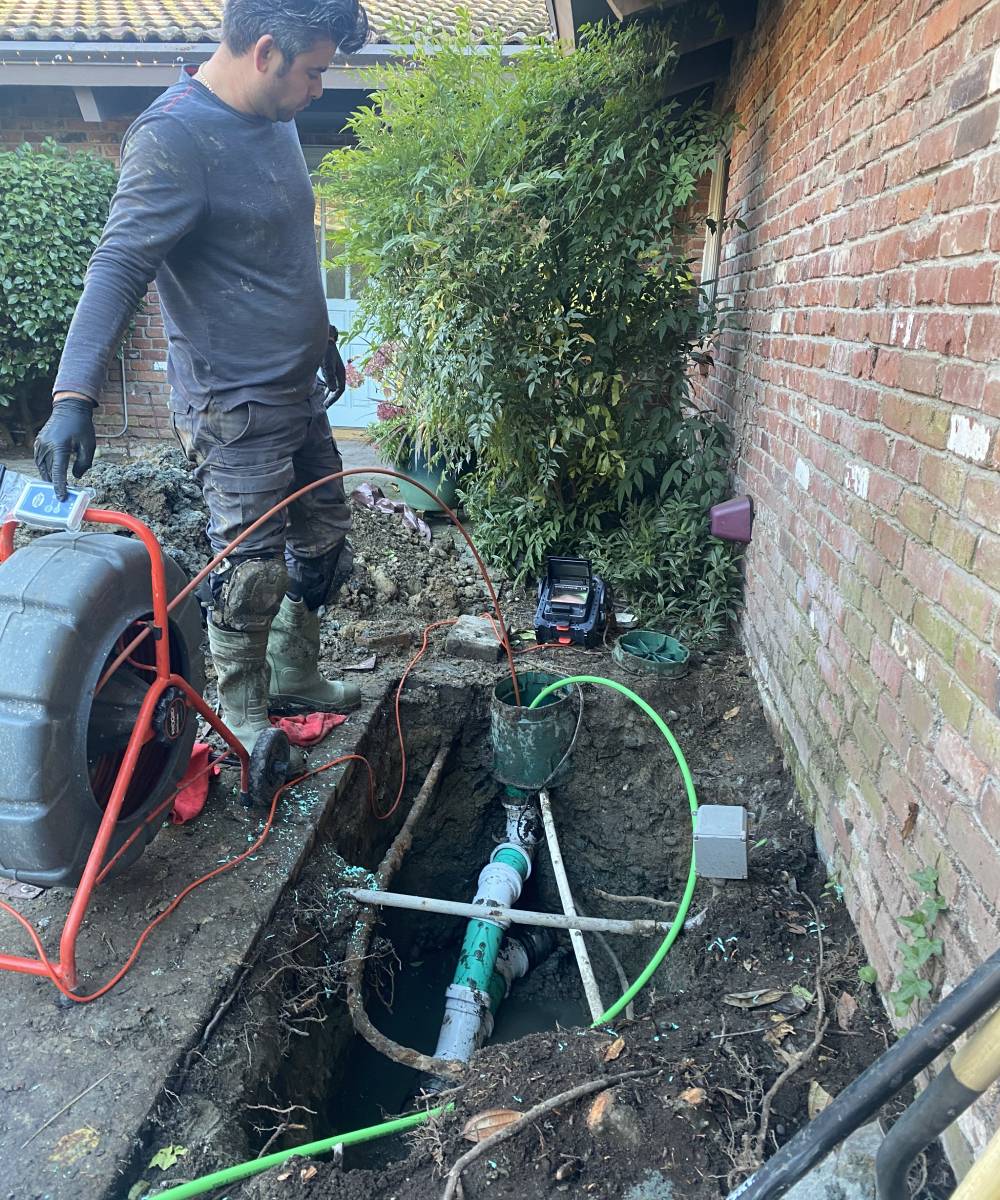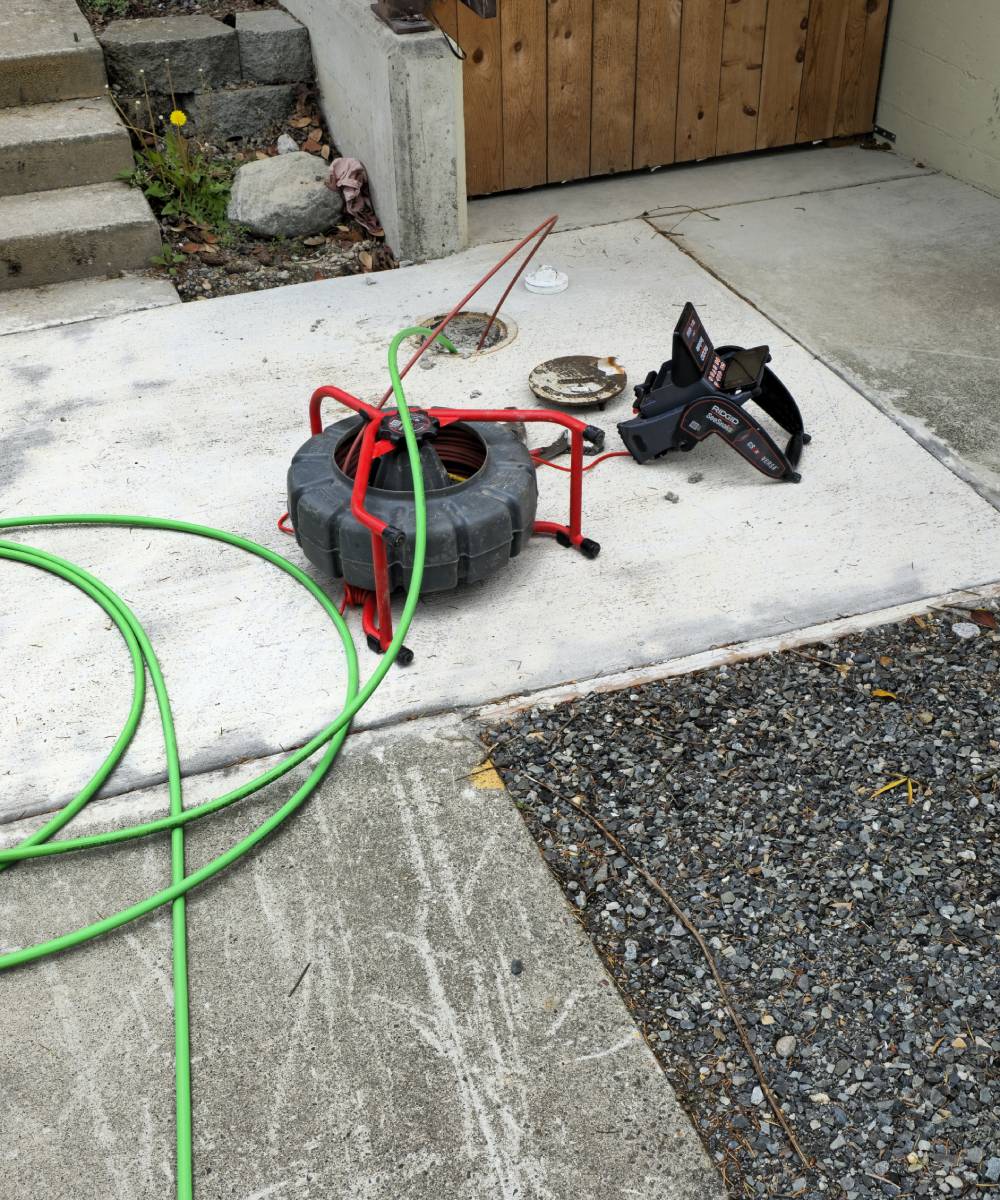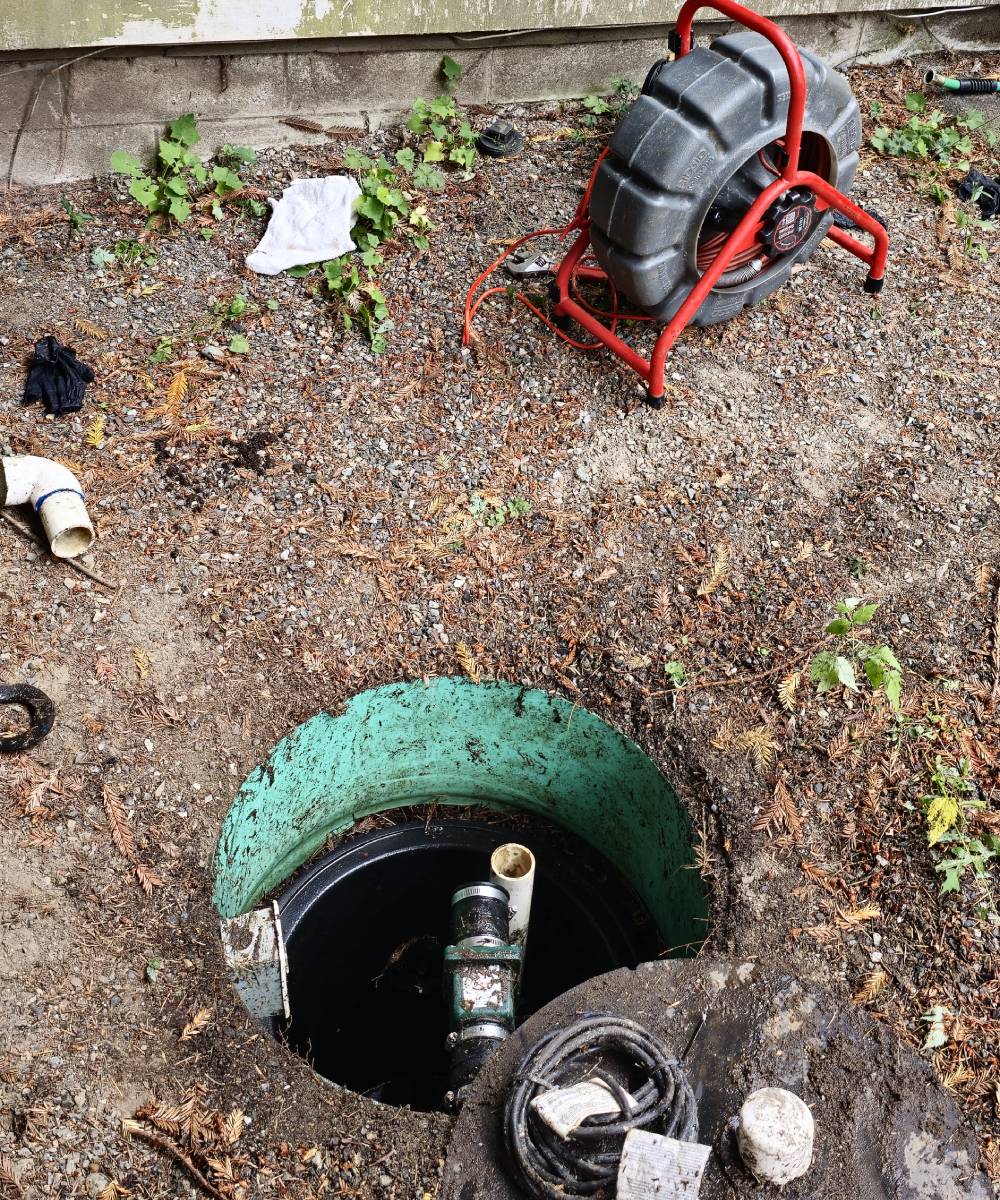Trenchless technology revolutionizes sewer and plumbing repairs by minimizing environmental impact. Unlike traditional methods that require extensive digging, trenchless techniques repair or replace underground pipes with minimal surface disruption. This aligns with zero-waste principles, which aim to reduce landfill contributions, conserve resources, and promote sustainable infrastructure. For homeowners and municipalities, trenchless solutions offer an eco-friendly path to maintaining sewer systems while supporting environmental goals.
Zero-Waste Goals in Plumbing
Zero-waste plumbing seeks to eliminate unnecessary material use and reduce environmental harm throughout a system’s lifecycle. Traditional sewer repairs generate significant waste—excavated soil, discarded pipes, and construction debris—contributing to landfill overload and increased emissions from transportation. Trenchless technology counters this by rehabilitating existing pipes, extending their lifespan by decades, and minimizing raw material use. This approach supports sustainable water practices and protects ecosystems by preventing leaks that could contaminate soil and groundwater.
How Trenchless Technology Works
Trenchless methods use advanced techniques to repair or replace pipes through small access points, such as manholes. These approaches reduce project timelines, often completing in days instead of weeks, and cut costs by avoiding extensive restoration.
Cured-in-Place Pipe (CIPP) Lining
CIPP inserts a resin-soaked liner into a damaged pipe, which is then cured using heat or UV light to form a durable, seamless structure. This method reuses the existing pipe, generating minimal waste and preventing future leaks. The epoxy-resin liner can last up to 100 years, making it a long-term, eco-friendly solution.
Pipe Bursting
Pipe bursting fractures an old pipe while pulling a new, high-density polyethylene (HDPE) pipe into place. This technique avoids large-scale excavation, reducing soil disruption by up to 90%. The fragmented old pipe remains underground, eliminating disposal needs and supporting zero-waste goals.
Slip Lining and Directional Drilling
Slip lining places a smaller pipe inside the existing one, sealed with grout for stability. Directional drilling, or horizontal directional drilling (HDD), installs new pipes with precision, navigating underground obstacles. Both methods minimize surface disturbance and energy use, preserving natural landscapes.
| Technique | Waste Reduction | Energy Savings | Application |
|---|---|---|---|
| CIPP Lining | High (reuses pipe) | 40-50% less fuel | Sewer rehabilitation |
| Pipe Bursting | Very High (in-situ) | 90% less excavation | Full replacement |
| Slip Lining | Medium (minimal materials) | 30-40% reduction | Partial repairs |
| Directional Drilling | High (no surface cuts) | High efficiency | New installations |

Environmental Benefits for Zero-Waste
Trenchless technology delivers measurable sustainability advantages, making it a cornerstone of eco-plumbing.
Less Excavation Waste
Traditional repairs produce tons of debris from soil and old pipes. Trenchless methods limit excavation to small entry points, cutting waste by up to 90%. Some liners incorporate recycled materials, further reducing landfill contributions.
Lower Carbon Emissions
Heavy machinery in conventional repairs emits significant CO2. Trenchless techniques use precision tools, reducing energy consumption and emissions. For example, CIPP and pipe bursting require less fuel-intensive equipment, aligning with carbon reduction goals.
Resource Conservation
By avoiding soil disruption, trenchless repairs prevent erosion and habitat loss. They also conserve water by fixing leaks and reduce the need for new raw materials, supporting sustainable infrastructure development.
Real-World Applications
Municipalities adopting trenchless methods report substantial benefits. For instance, urban wastewater systems using pipe bursting reduced disruption and diverted waste from landfills, complying with environmental regulations. Directional drilling in stormwater projects preserved green spaces in dense cities, showcasing scalability for sustainable urban renewal. These efforts address the challenges of aging sewer systems while aligning with zero-waste and sustainability standards.
Challenges and Solutions
Despite its advantages, trenchless technology faces challenges like higher upfront costs and limitations in severely damaged pipes. Solutions include advanced diagnostics, such as CCTV inspections, to assess pipe conditions accurately. Hybrid approaches combining methods and increased training for technicians ensure effective implementation, making trenchless viable for diverse scenarios.
Future of Sustainable Trenchless Methods
Innovations like bio-based resins and AI-driven drilling promise to enhance trenchless efficiency. These advancements could further reduce emissions and improve material recyclability, pushing the industry toward fully zero-waste plumbing solutions. Integration with smart infrastructure monitoring systems will also help extend asset life and minimize resource use.
About KnightRooter
KnightRooter leads the way in eco-friendly plumbing, specializing in trenchless solutions that support zero-waste goals. With expertise in sewer repair and replacement, KnightRooter delivers sustainable, minimally invasive services that protect your property and the environment. Contact KnightRooter to explore greener plumbing solutions today.
Explore More Resources
For more information on sewer line maintenance and repair, visit our service pages:
- Trenchless Replacement Everett
- Trenchless Replacement Edmonds
- Trenchless Replacement Seattle
- Trenchless Replacement bothell
- Trenchless Replacement Kirkland
- Trenchless Replacement Lynnwood
- Trenchless Replacement Woodinville
- Trenchless Replacement Snohomish
- Trenchless Replacement Bellevue
AFQ
How does trenchless technology reduce waste?
It repairs pipes in place, avoiding excavation and material disposal, cutting waste by up to 90%.
Does trenchless repair lower emissions?
Yes, it uses less heavy machinery, reducing CO2 output compared to traditional methods.
Is trenchless suitable for all pipes?
Most pipes, including cast iron and PVC, are compatible, though severe damage may need evaluation.
What are the benefits for homeowners?
Longer pipe life, lower costs, and preserved landscaping promote sustainable plumbing.
How can I ensure a zero-waste project?
Choose certified providers using eco-friendly materials and adhering to sustainable water practices.
For professional and fast drain cleaning Bothell, drain cleaning Seattle, and drain cleaning Bellevue, contact KnightRooter. Our team is ready to provide the best solutions for your drain issues.





No comment yet, add your voice below!